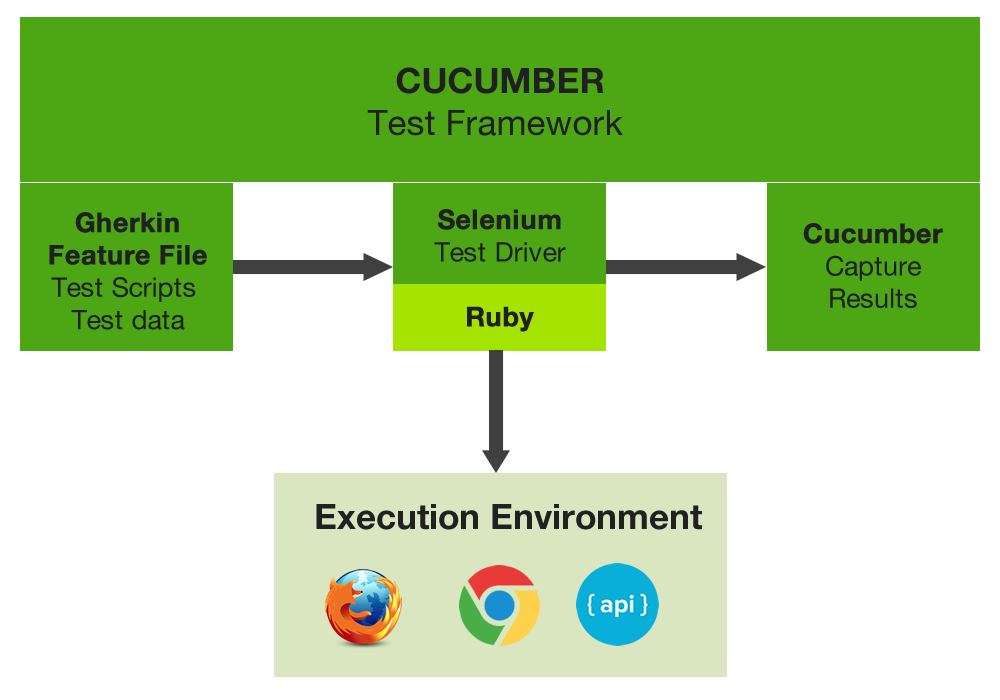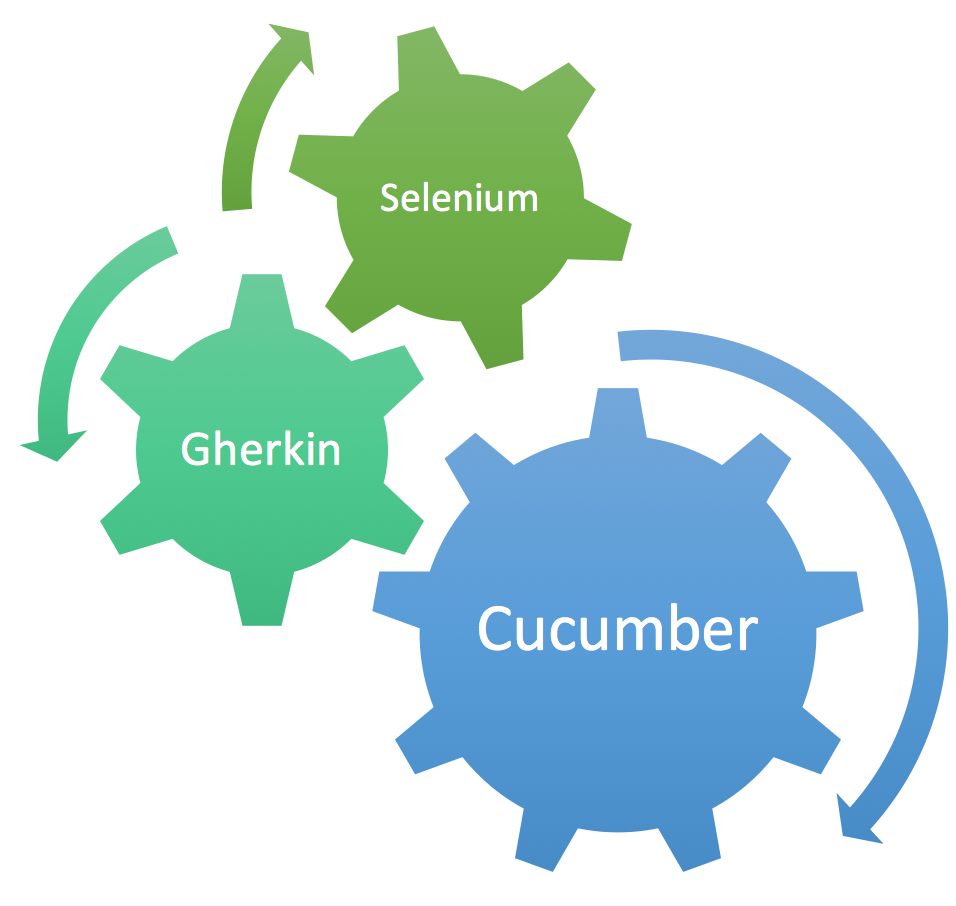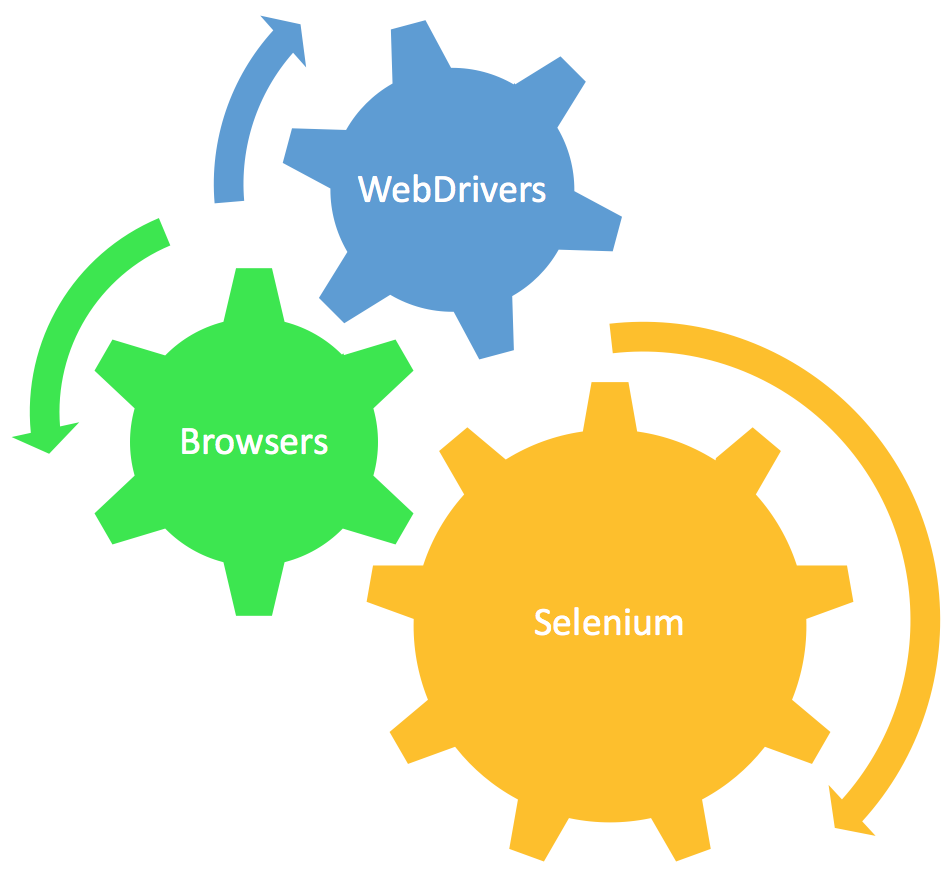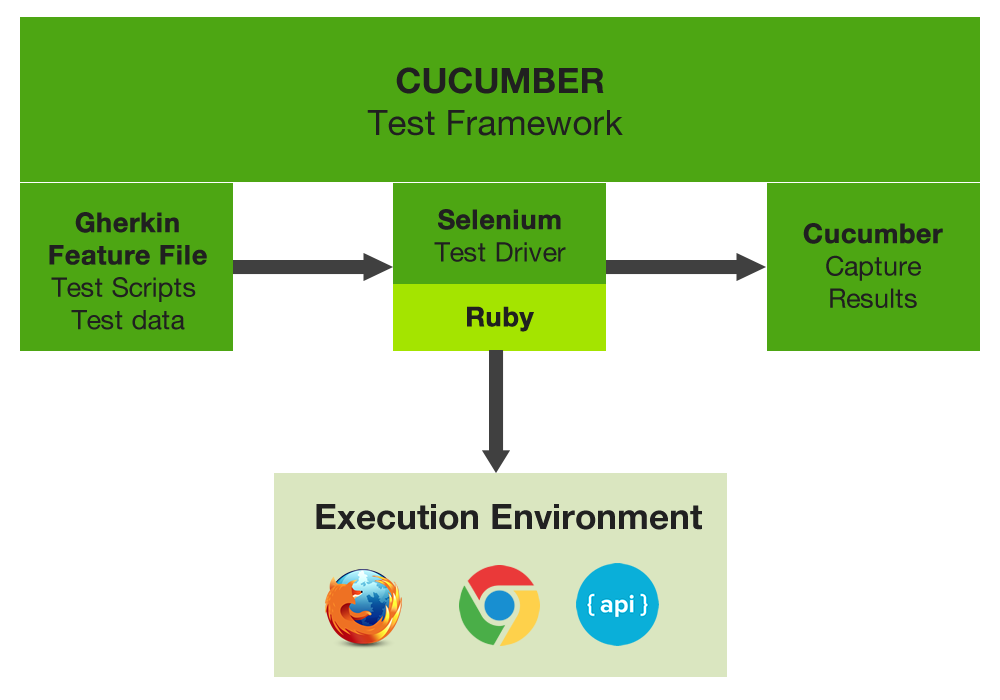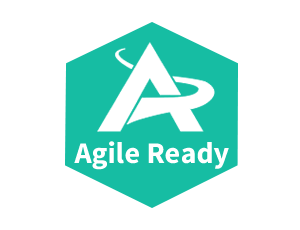Cucumber, Selenium and Gherkin have become popular tools for helping teams implement test automation or what is often referred to as Acceptance Test Driven Development (ATDD) or Behavior Driven Development (BDD). As you grow your test suite and as it becomes larger and more complex, you may find your test project becomes bloated and messy. This article will lay out steps you can take to optimize your test organization and ways to provide unmeasured flexibility in running different tests on different browsers.
In this article, we will cover:
- 'Tagging' Tests for better organization
- 'Hook' up your tests with @Before and @After hooks
- 'Support' your test organization with the Support folder
- 'Rake' up your cucumber statements with a Rakefile
In this article series we use Ruby as the implementation language (and we recommend Ruby when there is no other existing preference). However, these examples will translate easily to other languages like Java.
If you are not familiar with Selenium, Cucumber and Gherkin take a look at our related introductory blog "The 5 Step Guide for Selenium, Cucumber, and Gherkin" and "Getting the Most out of Cucumber, Gherkin, and Selenium"






